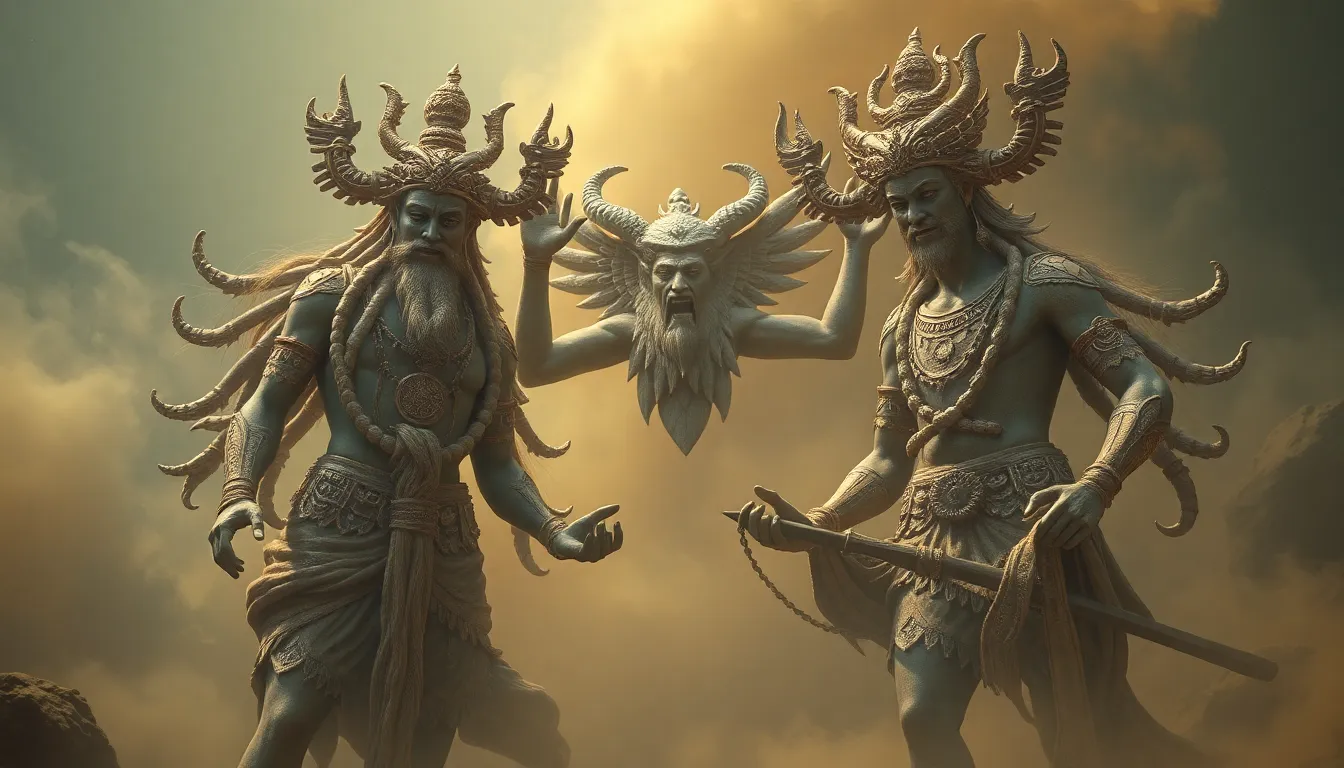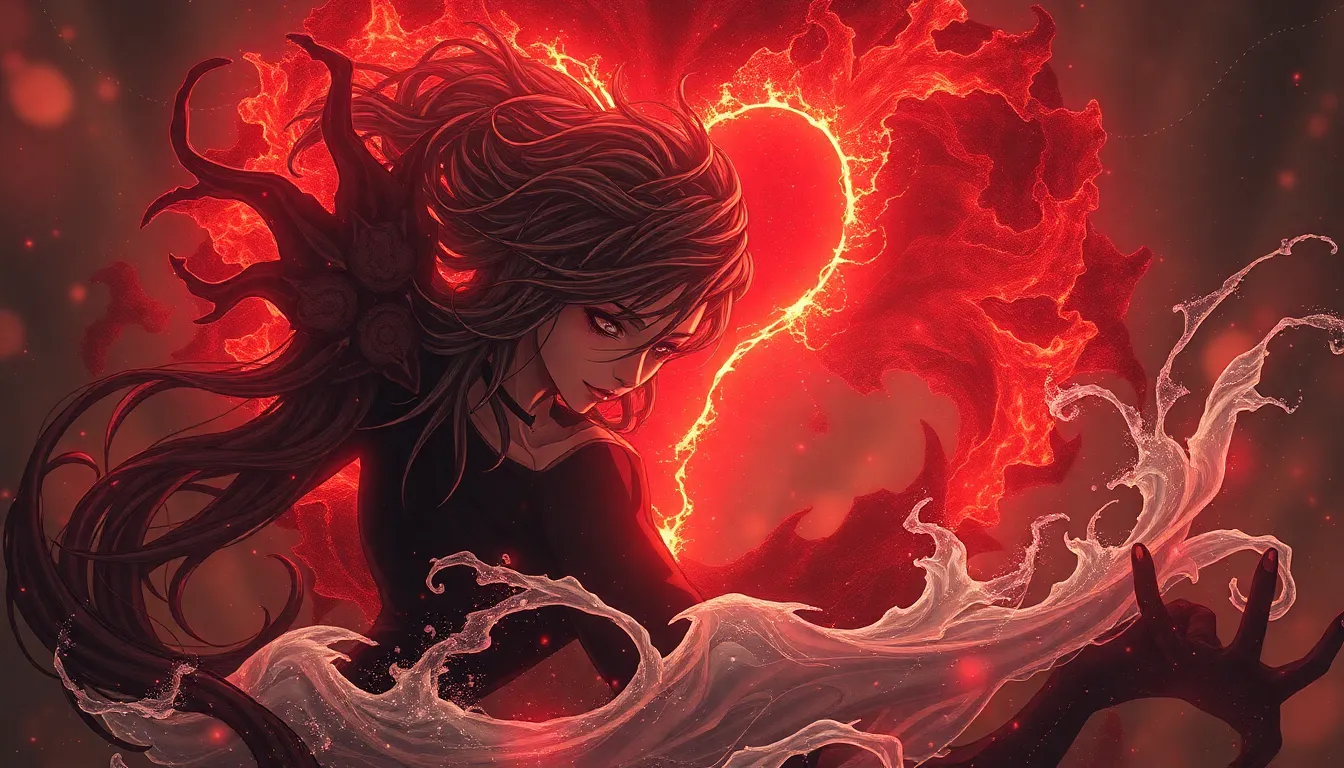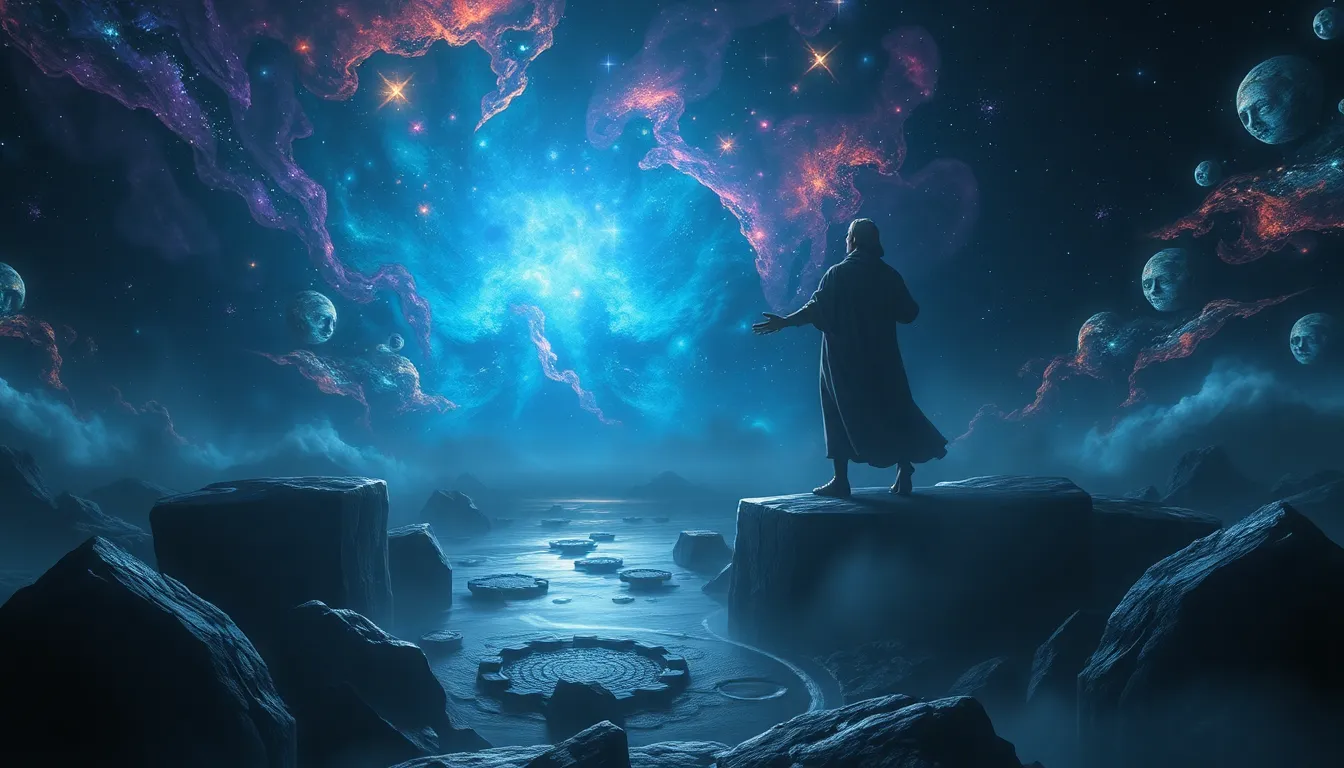The Role of Ancient Deities in Shaping Cultural Identity
I. Introduction
Cultural identity can be defined as the shared characteristics, beliefs, customs, and values that distinguish one group of people from another. It is a complex interplay of history, language, religion, and arts that shapes a community’s sense of self. One of the most fascinating aspects of cultural identity is the role of ancient deities in various civilizations.
Across the world, from Mesopotamia to the Americas, ancient deities have served not only as objects of worship but also as symbols of a community’s identity and values. This article aims to explore the multifaceted roles of ancient deities and how they have influenced cultural identity throughout history.
II. Historical Context of Ancient Deities
Polytheism, the belief in multiple gods, was a prevalent religious structure in early societies. These deities were often linked to natural phenomena, societal functions, and human experiences.
Major ancient civilizations had their unique pantheons, which reflected their cultural philosophies and lived experiences:
- Mesopotamia: Included gods like Anu, Enlil, and Inanna, who represented various aspects of life and nature.
- Egypt: Featured deities such as Ra, Osiris, and Isis, integral to their understanding of life, death, and the afterlife.
- Greece: Home to gods like Zeus, Athena, and Apollo, who embodied human qualities and emotions.
- India: Included a vast array of deities, such as Vishnu, Shiva, and Devi, each representing different aspects of existence.
Mythology, therefore, plays a crucial role in cultural heritage, offering narratives that explain the world and provide a framework for understanding human experience.
III. The Function of Deities in Social Structure
Deities were not only religious figures; they also played a significant role in the governance and social structure of ancient societies.
Some key functions of deities in social structure include:
- Role in Governance: Many rulers were considered divine or semi-divine figures, providing legitimacy to their authority. For instance, the Pharaohs of Egypt were seen as incarnations of gods.
- Influence on Laws: Deities often shaped moral codes and legal systems. For example, Hammurabi’s Code in Babylon was believed to be divinely inspired.
- Symbol of Stability: Deities served as symbols of social order, reinforcing the status quo and providing a sense of security in turbulent times.
IV. Deities and National Identity
National identity can be closely linked to specific deities that symbolize the values and aspirations of a people.
Some notable case studies include:
- Athena in Athens: Represented wisdom and warfare, embodying the ideals of democracy and civic responsibility.
- Ra in Egypt: The sun god, symbolizing life and power, was central to Egyptian identity and their understanding of the cosmos.
These deities have heavily influenced national myths and legends, reinforcing collective memory and heritage through stories passed down through generations.
V. Rituals and Worship: Expressions of Cultural Identity
The rituals associated with ancient deities were vital expressions of cultural identity. These practices varied widely but shared common themes of community bonding and shared belief.
Types of rituals included:
- Daily Worship: Individuals and families would perform rituals to honor their deities, seeking favor and blessings.
- Seasonal Festivals: Major festivals celebrated agricultural cycles, such as harvests, and involved communal activities, feasting, and sacrifices.
These rituals not only reinforced cultural identity but also served as a transformative power that brought communities together, fostering a sense of belonging and continuity.
VI. Art and Literature: Visualizing the Divine
The depiction of deities in ancient art and literature played a crucial role in shaping cultural identity. Artistic representations served as a medium through which societies expressed their understanding of the divine.
Some notable aspects include:
- Visual Art: Sculptures, pottery, and paintings often depicted gods and goddesses, showcasing their attributes and stories.
- Literature: Epic poems and stories, such as the Iliad or the Mahabharata, preserved the narratives of deities, emphasizing their importance in cultural memory.
The intersection of art and identity can be seen in how societies used these mediums to communicate their beliefs and values, creating a shared cultural narrative.
VII. The Evolution of Deity Worship
The worship of deities has evolved significantly over time. The transition from polytheism to monotheism marked a pivotal change in religious practices.
Key points of evolution include:
- Polytheism to Monotheism: Many ancient societies gradually shifted to monotheistic beliefs, impacting how deities were viewed and worshipped.
- Adaptation in Modern Religions: Some ancient deities have been adapted into modern religious frameworks, influencing contemporary spiritual practices.
- Persistence in Cultural Identity: Elements of ancient deity worship still persist in various cultural identities, reflected in festivals, art, and literature today.
VIII. Cross-Cultural Comparisons of Deity Influence
Ancient deities have shaped cultures in diverse ways across the globe, revealing both similarities and differences in belief systems.
Some observations include:
- Similarities: Many cultures have gods associated with nature, fertility, and war, reflecting universal human experiences.
- Differences: The characteristics and narratives of deities can vary significantly, influenced by local customs and environmental factors.
- Syncretism: The blending of beliefs, seen in Greco-Roman influences across the Middle East, illustrates how cultures exchange and adapt religious practices.
Trade and conquest have played significant roles in the dissemination of deity worship, leading to a rich tapestry of interwoven beliefs.
IX. The Modern Relevance of Ancient Deities
In contemporary society, there has been a revival of interest in ancient religions and deities, reflecting a longing for connection to the past.
Some modern relevance includes:
- Spiritual Movements: New spiritual movements often draw inspiration from ancient deities, highlighting their relevance in today’s world.
- Cultural Festivals: Many ancient festivals are still celebrated, keeping the stories and traditions alive within communities.
Ultimately, ancient deities continue to play a significant role in shaping cultural identity, offering insights into humanity’s shared history and collective memory.




